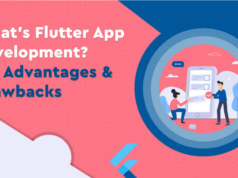
Less than 1% of mobile apps succeed — but, as Statista says, the world will have about 7 billion mobile users by the end of 2025. No wonder businesses are not stopping their attempts to go mobile. Mobile offers a gigantic potential customer base, and everyone shipping an app competes for a fraction of their attention. There are more than 8.9 million apps online. According to Tech Crunch, global in-app spending has reached $24 billion. These numbers are predicted to rise to $107 billion by 2025.
The more attention the app can attract and retain, the more it will cost. Money goes to market researchers, software engineers, QA specialists, managers who pull all of them together, designers, and so on. What exactly makes the app expensive from the technical side of things?
To build a simple app, you’ll need from six to eight months: to build several main features, integrate payment gateway, and lay down security that can withstand at least user clicking on a suspicious link. To build something like Instagram, you’ll need to spend more and sit tight waiting for a launch longer. For a consultation about building a mobile app talk to a company like Koombea.
Let’s take a look at the details of how the cost of app development can fluctuate.
1. The complexity of The Project – Apps Functions
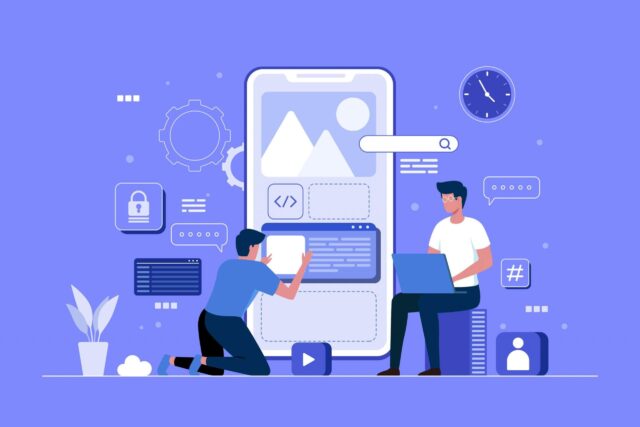
A simple app with one core function and straightforward design without fancy UI elements can cost up to $60,000. Such apps are usually the first choice for non-profits, brands who want to try using the app as a promotion channel, or startups who use it as a zero version of their product to test their idea. They don’t have complex connectivity functions, don’t gather and process user’s data, don’t offer payment gateways or integration with other 3rd-party services. They take up to six months to develop.
An example of how complexity impacts the time and, therefore, cost of development: a simple login feature for users can take up to three hours. But if you want to let users sign in through Twitter or Facebook, send them a confirmation email or message for two-steps authentication, warn them about login from a suspicious location, it will take all eight hours and more. Of course, there are ready-to-use out-of-box solutions from different frameworks, but they often need customization; not every developer knows instantly where to find them; not every stack offers them.
Features like real-time user behavior-based syncing and other features based on database integration like in Instagram, analytics, fancy things like AR, animations, etc. add to the cost even more. Complex apps can with features like these can cost up to $120,000 and more.
2. Type of Platform
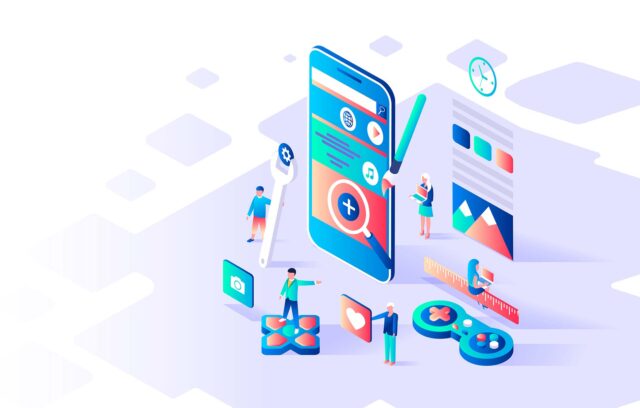
According to Statista, iOS and Android run on 99% of the world’s smartphones. For the native version of Diversido.io, your engineers use specific languages and tools native to that platform: Java or Kotlin for Android, Swift for iOS. The benefit of native development is that developers write code that’s optimized for the hardware and UI feel of your app on iOS and Android from the start; no need for additional tweaking within the design and no extra efforts spent on making the app feel ‘native’.
The other option is cross-platform development. Using frameworks like React Native and Xamarin, or SDKs like Flutter, developers engineer from the single codebase — and then the cross-platform solution “translates” it to native languages of mobile OSs. The benefits of cross-platform development are cost-efficiency and speed; you don’t need two engineers to create two apps, you only need one.
Of course, these options have downsides, two. As you can imagine, native development isn’t cheap, and cross-platform development often requires additional adjustments to native platforms — in terms of UI and UX and of performance. Early-stage startups often choose to develop their MVPs using a cross-platform solution because it’s fast and relatively affordable, so they can show the app to first adopters and investors as quickly as possible.
3. Internal Infrastructure – Backend and API
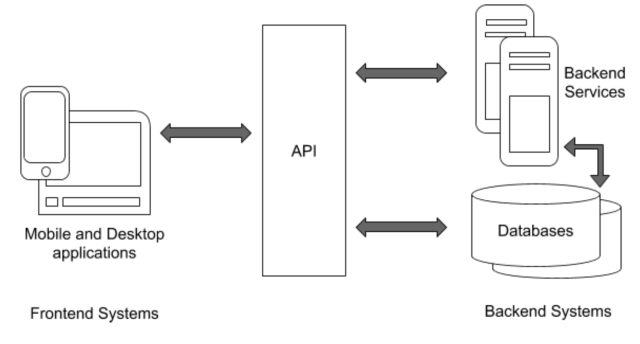
When we talk about what influences development costs, we have to factor in the internal infrastructure of a mobile app, its backend. The backend is everything server-related, plus databases, internal technical architecture, etc. — it’s everything users don’t see when they’re using an app.
Another thing we need to touch upon is an application programming interface or API. APIs establish a connection between your app and certain third-party service: a payment gateway, a messenger, a system that contains health records, etc. All of them are off different levels of complexity and there are free ones, but if you want a custom build, it’s better to dedicate up to 30% of your budget to build one (for instance, if you want to connect a wearable or management software to an app.)
Lastly, make sure you have development processes effectively set up to maximize your chances of success. Check this site if you want to learn more about how to effectively organize your development team.
4. Apps Protection
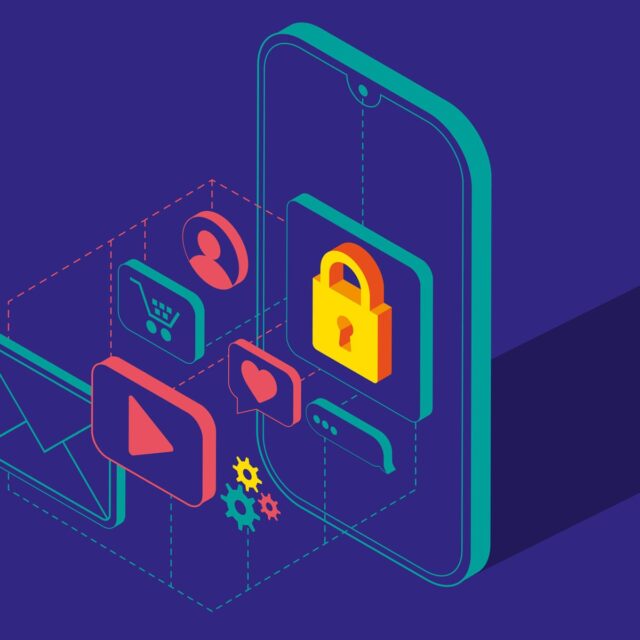
Security is another important factor to consider when talking about development costs. Data security isn’t cheap, and the bigger the scope of the project, the more money you’ll spend on it — especially if your app processes banking transaction records, medical records, behavior data, etc.
It is estimated that 1 in 36 apps was hacked in 2018. The legal risks and major losses related to allowing hackers to steal user information are serious enough to put you out of business.
Luckily for you, you can do all kinds of things to protect user data. Some of the practices include encryption, building a separate database for sensitive data, continuous security training, and so on.
5. Testing
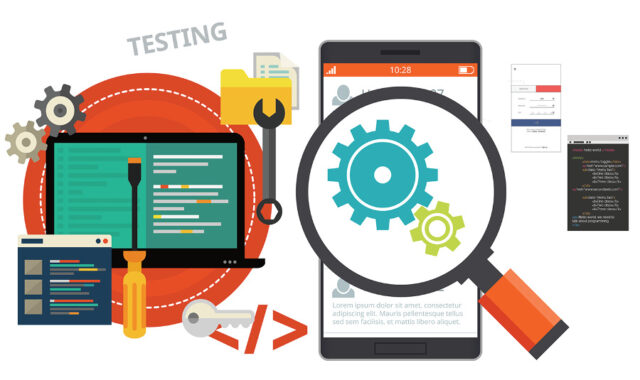
Mobile testing is long. It starts with running functionality tests that include testing your app against technical and business requirements; then, there are performance testing, accessibility testing, security testing — a vital part of the process, and so on. It’s fair to say that you should dedicate a significant part of your budget to Quality Assurance specialists who will run all of those — both continuously, as you’re working on an app, and after each stage of its development.
Don’t forget to invite users for pre-release testing.
Conclusion
That’s it for what you’ll be investing in when building an app. Don’t forget about another resource you’ll be spending — your time. Always plan for more time than you think it will take for you to build an app. Dave Thomas, one of the developers who created an Agile Manifesto once said, “Back in the good old days, everybody filled in a timesheet — and before the project started, the project leader would tell you: this project is going to take 200 hours. And you’d look at the timesheet, and when it got 200 hours you would know that a project was halfway done.” In 2025, that still happens a lot — so it’s best to give yourself space to be late.


